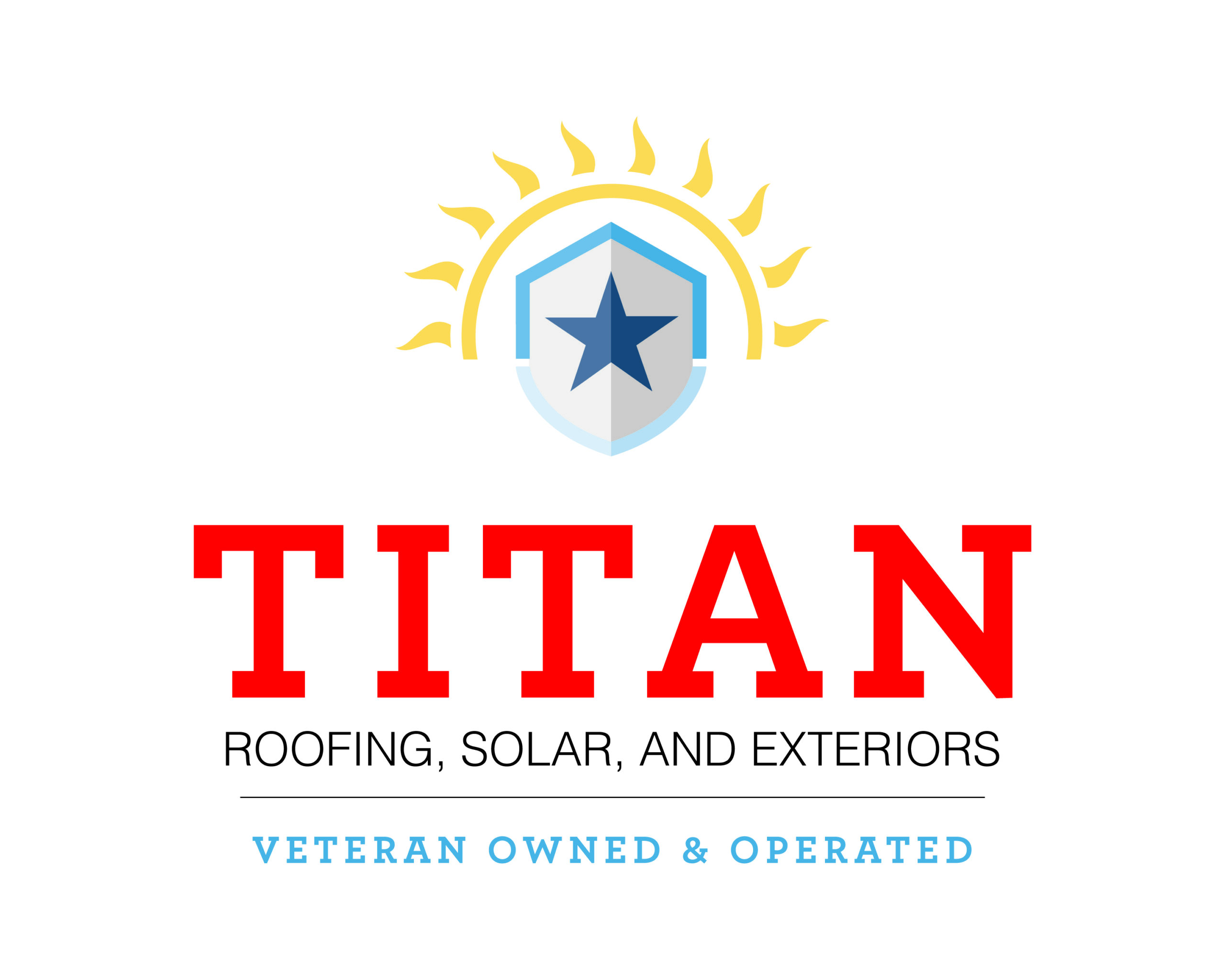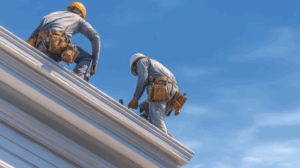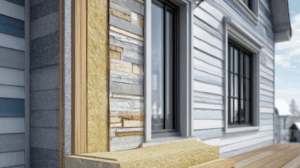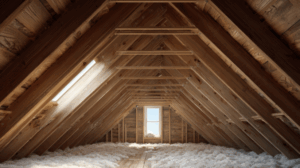Summer in Des Moines brings long sunny days, outdoor barbecues, and family fun—but it also brings the potential for severe summer storms. Thunderstorms, high winds, heavy rain, and occasional hail can take a serious toll on your roof. While some damage is obvious—like missing shingles or visible holes—other issues can be subtle and easy to miss. Left unchecked, even small leaks can lead to costly water damage, mold growth, and structural problems inside your home.
Catching early signs of roof leaks after summer storms is essential to protect your home and your wallet. The sooner you identify a problem, the easier it is to repair. Here’s what every Des Moines homeowner should know about spotting leaks and taking action.
Why Summer Storms Challenge Roofs in Des Moines
Iowa summers are known for their fast-moving, unpredictable storms. Heavy rains, gusty winds, and hail can all strain your roof’s materials. Even roofs that are relatively new may develop leaks if they’re not inspected and maintained after storms.
Rain can saturate shingles and underlayment, testing the roof’s drainage and exposing weak points. High winds can loosen shingles, gutters, and flashing, leaving the roof vulnerable. Hail can bruise or crack shingles, reducing their protective ability and accelerating wear. Finally, sudden temperature changes can cause materials to expand and contract, weakening seals and joints. These combined factors make it critical to inspect your roof after every major summer storm.
Common Early Signs of Roof Leaks
Some signs of roof leaks are obvious, while others are more subtle. Water stains on ceilings or walls, bubbling paint, or peeling wallpaper are often the first visible indicators that water is finding its way into your home. Musty odors in attics or upper rooms are another clue, pointing to hidden moisture and potential mold growth.
Drips or damp spots after rainfall, even if intermittent, are a sign that water is penetrating your roof’s protective layers. Shingle granules collecting in gutters can indicate worn or damaged shingles. Warped, cracked, or curling shingles allow water to penetrate deeper into the roof system, while soft or sagging spots in the roof deck suggest prolonged exposure to water that may compromise structural integrity.

Where to Inspect for Leaks
Storm damage doesn’t always appear in obvious areas. Around chimneys, skylights, and vents, flashing can loosen, creating entry points for water. Roof valleys, which channel water, are particularly vulnerable, as are roof edges and eaves, which take the brunt of wind gusts. Inside the attic, moisture may appear before it reaches the ceilings, making careful inspections essential. Gutters and downspouts can also reveal problems, especially if they are clogged or if granules accumulate from worn shingles.
Taking the time to inspect these areas after a summer storm helps you catch problems early and avoid more costly repairs down the line.
Simple Steps Homeowners Can Take
While a professional inspection is always recommended, homeowners can perform safe preliminary checks. Walk around the exterior to spot missing shingles, damaged gutters, or debris on the roof. Inside, inspect the attic for damp insulation, water stains, or musty odors. Examine ceilings and walls for discoloration or bubbling paint. Observing these early warning signs allows you to call in professionals before damage worsens.
The Importance of Professional Roof Inspections
Even the most observant homeowners can miss subtle damage. Roofing professionals in Des Moines are trained to identify leaks and weak spots that aren’t visible from the ground. Professionals can check shingle wear, flashing, underlayment issues, and hidden structural damage. Inspections are especially important after summer storms because they also provide documentation for insurance claims, ensuring homeowners receive the coverage they need.
Preventative Maintenance to Avoid Storm Damage
Preventative maintenance can greatly reduce the risk of roof leaks. Regular inspections, gutter cleaning, and checking flashing and shingles help maintain the roof’s integrity. For Des Moines homes, preparing your roof before storm season can save you from costly repairs later. Keeping a log of maintenance and inspections is helpful not only for tracking the condition of your roof but also for supporting insurance claims in case of storm damage.
Insurance Guidance After Storms
Storm damage can be stressful, especially when dealing with insurance. Documenting all damage with photos and detailed notes immediately after a storm is crucial. Keeping track of emergency repairs, such as temporary tarps, ensures you can be reimbursed. Understanding what your homeowners’ policy covers—shingles, flashing, and water damage—helps you make informed decisions. Working with a professional roofer can simplify this process, as they can provide estimates and communicate directly with your insurance adjuster to support your claim.

Common Mistakes to Avoid
Many homeowners make mistakes after summer storms that worsen roof damage. Delaying inspections allows minor leaks to grow, ignoring signs in the attic overlooks hidden moisture, and attempting DIY repairs can create bigger problems or void insurance coverage. Neglecting preventative maintenance leaves your roof vulnerable to the next storm. Acting promptly and calling in experts helps prevent these issues and protects your investment.
How Titan Roofing and Exteriors Supports Des Moines Homeowners
At Titan Roofing and Exteriors, we understand Des Moines weather and the challenges it poses to roofs. Our team provides:
- Thorough inspections to uncover hidden storm damage
- Fast and reliable repairs for leaks, wind damage, hail, and water intrusion
- Preventative maintenance solutions to strengthen your roof against future storms
- Guidance through insurance claims to simplify the process and maximize coverage
Our local expertise, skilled craftsmanship, and focus on clear communication give homeowners confidence that their roofs are safe, secure, and storm-ready.
Taking Action: Protect Your Home
Early detection is the best way to prevent small leaks from becoming major problems. After summer storms, pay attention to warning signs, inspect vulnerable areas, and call professionals if damage is suspected. Even minor leaks can lead to water damage, structural weakening, and mold growth if ignored. Acting quickly protects your home, preserves insurance coverage, and extends your roof’s lifespan.
Schedule a Roof Inspection Today
Don’t wait for a small leak to turn into a major repair. Trust the experts at Titan Roofing and Exteriors in Des Moines, Iowa, to inspect your roof, identify leaks, and provide fast, professional solutions. Whether you’ve noticed warning signs or simply want peace of mind after a storm, our team is here to keep your home safe, dry, and protected.
Call Now to Schedule Your Free Roof Inspection



